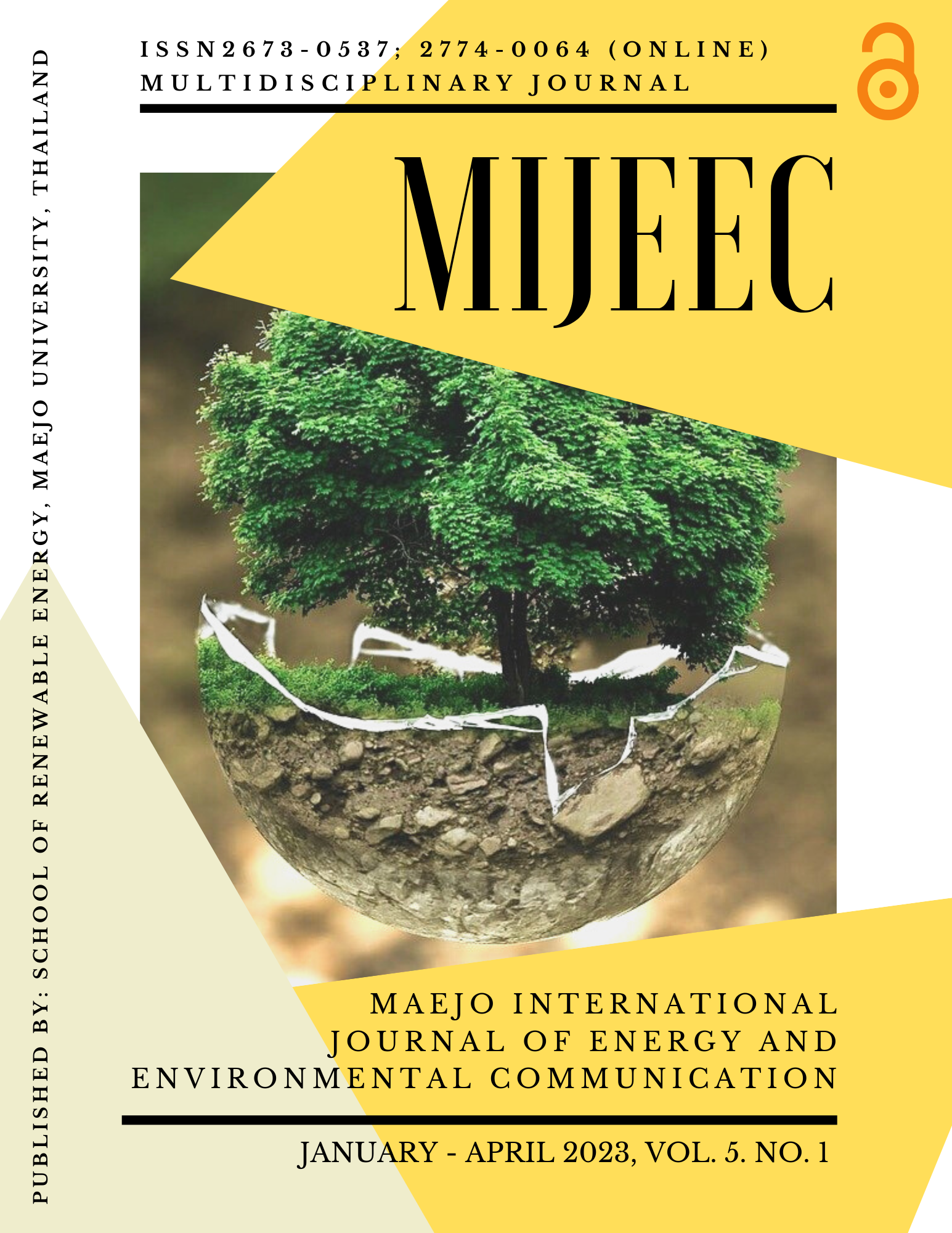Impact of biomass density on growth rates of Spirulina platensis under different light spectra
Main Article Content
Abstract
Light is the core environmental factor that affects the growth and biomass production of microalgae. However, the high density of microalgae will lead to reduction of the growth rate of microalgae culture due to availability of light decreases. Therefore, this experiment was conducted with aim of determining the influence of biomass density on growth of Spirulina platensis under different density of culture and LED lights. The result found that, the growth rate Spirulina platensis was reduced under high biomass density (9:1) due to lacking light penetration into the culture. However, white LED helps maintain the light acclimation process in the cells. Light spectra enhance the growth biomass. However white light contains all the light spectra highly contribute to the biomass production. The maximum light was penetrated into the culture due to minimal density of culture. More light was observed by the cells. Photosynthetic microalage may frequently experience irradiance fluctuations of one to two orders of magnitude in the natural environment. Microalgae have created several acclimation mechanisms to deal with such shifts.
Article Details

This work is licensed under a Creative Commons Attribution 4.0 International License.
Copyright © 2019 MIJEEC - Maejo International Journal of Energy and Environmental Communication, All rights reserved. This is an open-access article distributed under the terms of the Creative Commons Attribution-NonCommercial- Attribution 4.0 International (CC BY 4.0) License






